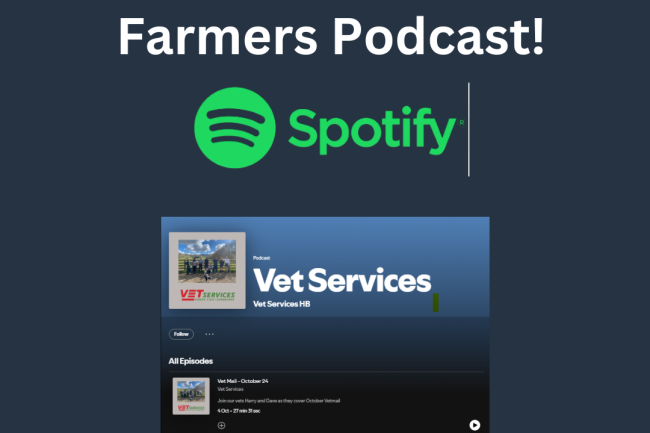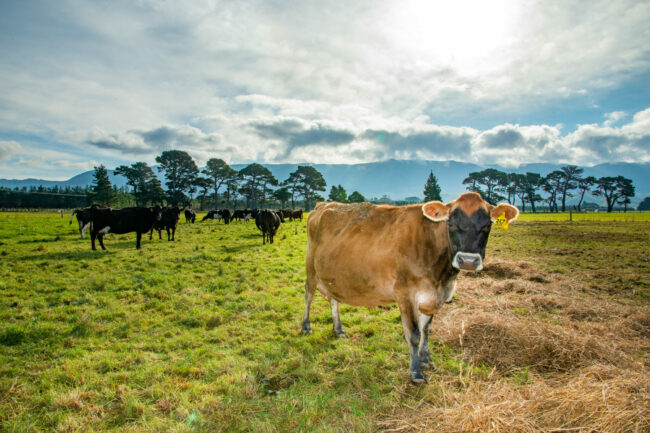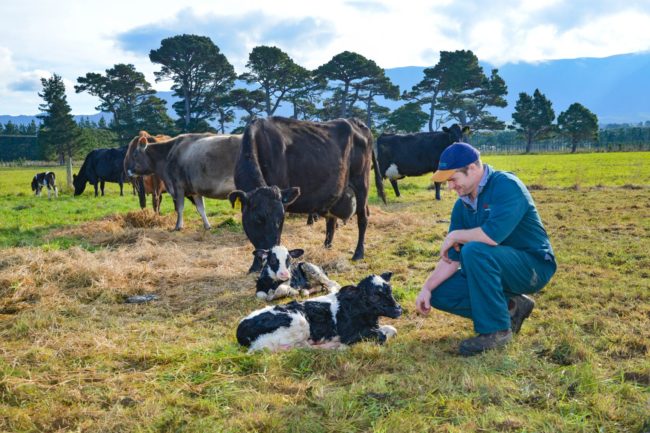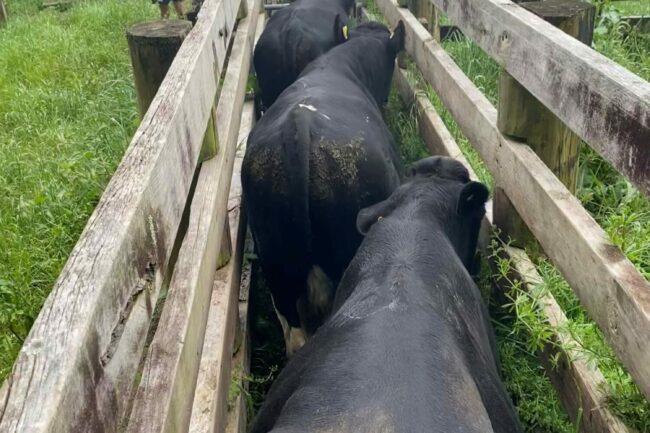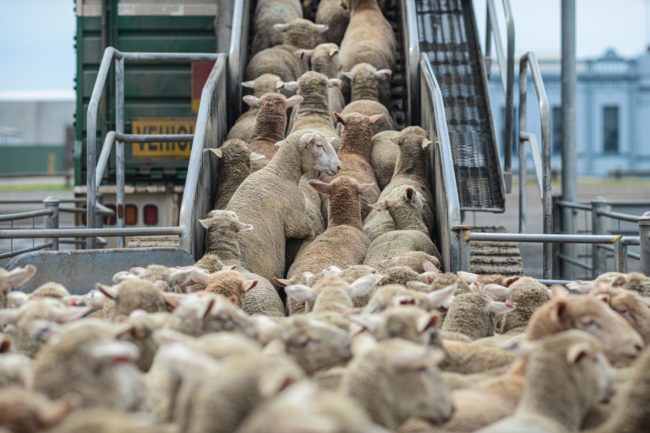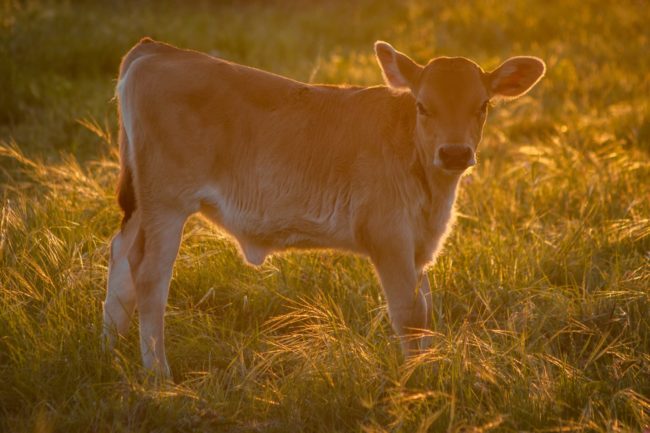Youngstock Seminar – Tuesday 28 February
Join Vet Services and special guest speaker, Sue Macky for an informative seminar all about getting excellent dairy heifers. Sue Macky is a veterinarian who has worked worldwide with high performing dairy farmers. Sue is passionate about growing dairy heifers to reach their potential in the herd. She has particular expertise in the management of…
Details



